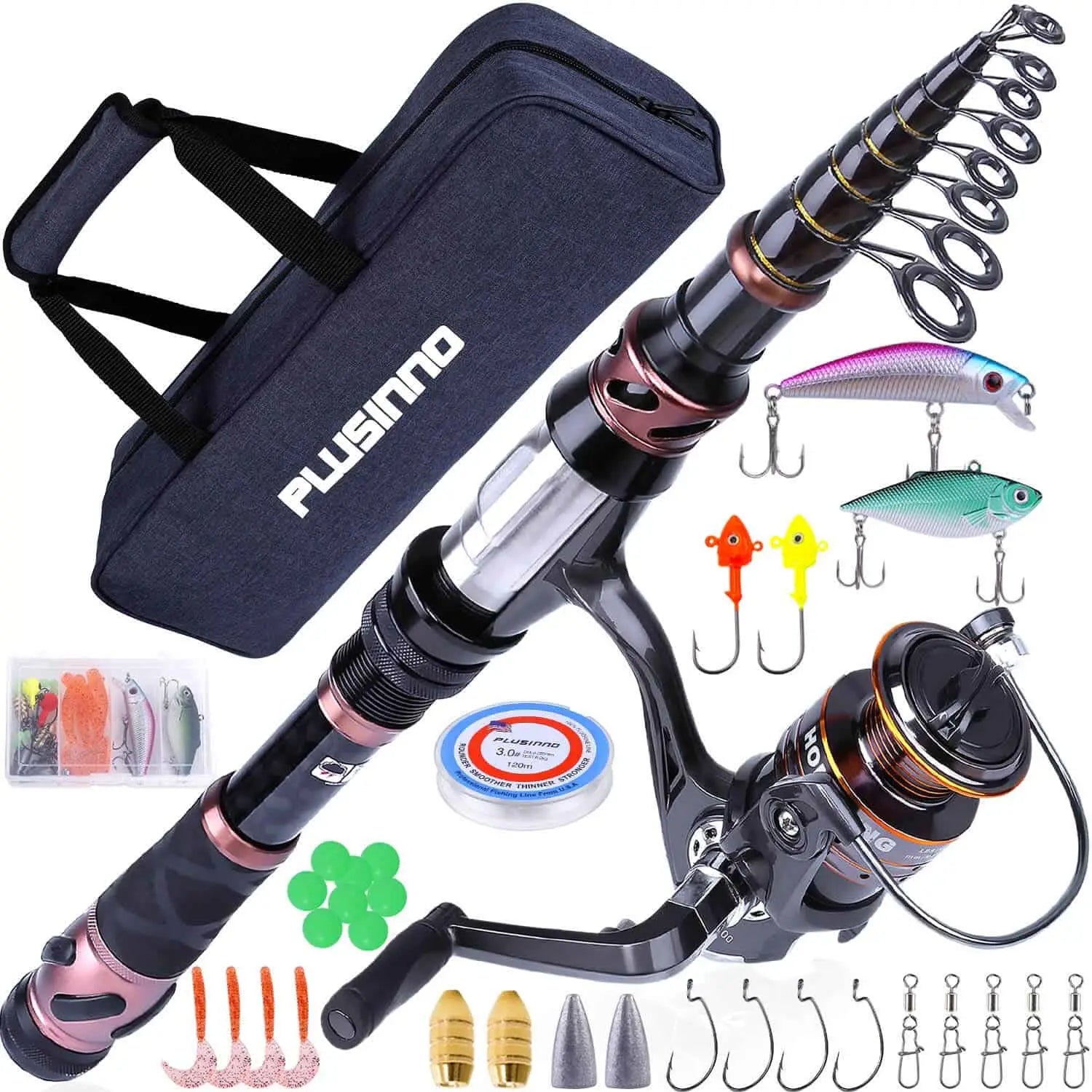When it comes to the world of fishing, there is a lot more than meets the eye. While many may think of fishing as a simple hobby or recreational activity, the truth is that the fishing industry has been revolutionized by cutting-edge technology in fishing rods. These advancements have not only improved the experience for fishermen but have also opened up new possibilities for industries beyond fishing. In this article, we will explore the fascinating world of fishing rod technology and its implications for various industries.

The Evolution of Fishing Rods
Over the years, fishing rods have come a long way from their humble beginnings. Traditional fishing rods were made of bamboo or wood, with a simple design that allowed anglers to cast their lines into the water. However, with advancements in materials and manufacturing techniques, fishing rods have undergone a significant transformation.
Today, fishing rods are made from high-performance materials such as carbon fiber, fiberglass, and graphite. These materials offer a perfect balance of strength, flexibility, and sensitivity, allowing anglers to detect even the slightest nibble. The use of advanced materials has also made fishing rods lighter and more durable, enabling fishermen to cast their lines farther and with greater accuracy.
The Role of Technology in Fishing Rods
Technology has played a crucial role in the development of fishing rods. One of the most significant advancements is the integration of sensors and electronics into fishing rods. These sensors can detect various parameters such as water temperature, depth, and fish activity, providing valuable information to anglers. Some fishing rods even come equipped with GPS and mapping capabilities, allowing fishermen to navigate unfamiliar waters with ease.
Another technological innovation in fishing rods is the incorporation of advanced reel systems. These reels utilize precision engineering and advanced materials to provide smooth and efficient line retrieval. Some reels even feature programmable settings that allow anglers to customize their fishing experience based on their preferences and the type of fish they are targeting.
The Impact Beyond Fishing
While fishing rods are primarily associated with the sport of fishing, their cutting-edge technology has found applications in various industries beyond fishing. One such industry is marine research. Scientists and researchers use advanced fishing rods to collect data on fish populations, behavior, and habitats. The data gathered helps in understanding the impact of environmental factors on fish populations and aids in conservation efforts.
Another industry that benefits from fishing rod technology is underwater exploration. Fishing rods equipped with underwater cameras and sensors are used to explore and document underwater ecosystems. These rods allow researchers to capture high-resolution images and videos of marine life, contributing to our understanding of the underwater world.
The Future of Fishing Rod Technology
The future of fishing rod technology looks promising. As advancements in materials and electronics continue, we can expect even more innovative features in fishing rods. For example, researchers are exploring the use of artificial intelligence and machine learning algorithms to analyze fishing data and provide real-time insights to anglers. This could revolutionize the way we fish and enhance our chances of success.
In conclusion, the world of fishing rods has witnessed remarkable advancements in technology. From the use of high-performance materials to the integration of sensors and electronics, fishing rods have become sophisticated tools that offer a range of benefits. These advancements not only enhance the fishing experience but also have implications for industries such as marine research and underwater exploration. As technology continues to evolve, we can look forward to even more exciting developments in fishing rod technology.








